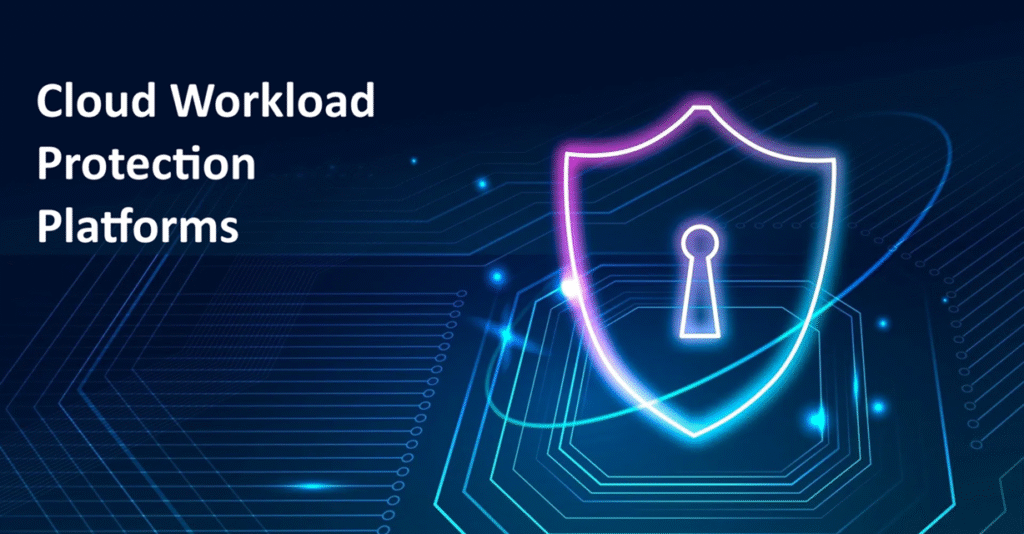
Status: Final Blueprint
Author: Shahab Al Yamin Chawdhury
Organization: Principal Architect & Consultant Group
Research Date: February 8, 2024
Location: Dhaka, Bangladesh
Version: 1.0
The Strategic Imperative: From CWPP to CNAPP
The migration to the cloud has introduced a dynamic threat landscape where traditional security perimeters are obsolete. The core challenge is securing cloud workloads—the compute engines of modern business. This summary outlines the critical shift from isolated Cloud Workload Protection Platforms (CWPP) to integrated, full-stack Cloud-Native Application Protection Platforms (CNAPP). This evolution is a direct response to the failure of siloed tools to provide the contextual risk insights needed in complex cloud environments.
A modern CNAPP unifies three core pillars into a single, cohesive platform:
- CWPP: Secures the workloads themselves (VMs, containers, serverless) through vulnerability management and runtime protection.
- Cloud Security Posture Management (CSPM): Finds and fixes misconfigurations in the cloud infrastructure (e.g., exposed storage buckets).
- Cloud Infrastructure Entitlement Management (CIEM): Manages identities and enforces least-privilege access to cloud resources.
This convergence is essential for moving beyond “alert fatigue” to a state of true, context-aware risk prioritization.
Market & Threat Landscape at a Glance
The CNAPP market is experiencing explosive growth, with a synthesized CAGR of ~20%, projected to exceed $49 billion by 2037. This is driven by several key factors:
- High Frequency of Incidents: Over 61% of organizations reported a cloud security incident in the past year.
- Escalating Financial Impact: The average cost of a data breach now exceeds $4.24 million, with cloud-specific breaches costing even more.
- Foundational Root Causes: Breaches are primarily caused by misconfigurations (31%), unpatched vulnerabilities (28%), and compromised credentials (37%).
- Accelerating Attacks: The average “breakout time” for an attacker to move laterally has shrunk to just 79 minutes.
Core Architectural Models
A fundamental strategic decision for any organization is the choice of data collection architecture:
- Agent-Based: An agent deployed on each workload provides deep, real-time runtime visibility. Strength: Unparalleled depth for threat detection. Weakness: Operational friction and potential performance overhead.
- Agentless: Uses cloud provider APIs and snapshot scanning for broad visibility without installing software on workloads. Strength: Frictionless deployment and 100% coverage. Weakness: Point-in-time visibility, less effective for real-time threats.
- Hybrid Model: The emerging best practice combines a broad agentless foundation with selectively deployed lightweight agents on critical workloads, offering the best of both worlds.
Competitive Landscape Highlights
The market is led by a mix of established security giants and agile, cloud-native disruptors.
- Leaders (Forrester Wave™ Q1 2024):
- CrowdStrike: Praised for its industry-leading threat detection (EDR/CDR) and the highest-rated strategy, leveraging its massive Threat Graph for AI-powered analytics.
- Palo Alto Networks: Recognized for its comprehensive and mature platform, particularly its strong CSPM and IAM capabilities, covering the full code-to-cloud lifecycle.
- Key Strong Performers & Disruptors:
- Wiz: Achieved the highest score for “Current Offering” in the Forrester Wave. Its agentless-first architecture, powerful Security Graph, and fast time-to-value have significantly disrupted the market.
- Orca Security: Lauded for its patented agentless SideScanning technology and powerful IAM and Infrastructure as Code (IaC) scanning capabilities.
- Microsoft: A strong choice for Azure-centric organizations, with deep native integration into the Microsoft security ecosystem.
Strategic Framework & Future Outlook
A successful CNAPP adoption follows a four-phase journey: 1. Discover & Define, 2. Evaluate & Select, 3. Implement & Integrate, and 4. Operationalize & Optimize.
Looking ahead, the future of cloud security points towards three strategic imperatives:
- Embrace Platform Consolidation: The era of siloed point solutions is over. The superior security outcomes and contextual insights can only be generated by a unified, integrated platform.
- Invest in a Data-Centric Security Model: The focus must shift from protecting infrastructure to protecting the data itself. Prioritize vendors with mature, integrated Data Security Posture Management (DSPM) capabilities.
- Prepare for Autonomous Security: The role of the security professional will evolve from manual investigator to a strategic overseer of AI-driven, autonomous systems. The next wave of convergence will include AI Security Posture Management (AI-SPM) to protect the new attack surface created by AI models and LLMs.
Adopting a comprehensive CNAPP is not a tactical cost but a strategic investment that enables secure digital transformation, reduces systemic risk, and allows the business to innovate faster and more safely in the cloud.